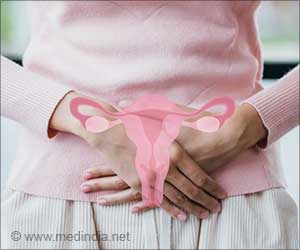A collaboration of specialists providing obstetrical care in helping to identify opportunities to reduce unnecessary first cesarean deliveries is highlighted in a recent article.

Brian M. Mercer, M.D., with the Department of Obstetrics and Gynecology at MetroHealth Medical Center Case Western Reserve University in Cleveland, Ohio and George R. Saade, M.D., of the Division of Maternal-Fetal Medicine, Department of Obstetrics and Gynecology, University of Texas Medical Branch, Galveston, Texas, were two of the five physicians who authored the article. Mercer is also on the executive committee of the Society for Maternal-Fetal Medicine, and Saade is the chair of the Society's Health Policy Committee.
"Given the risks associated with the initial cesarean and its implications in subsequent pregnancies, the most effective approach to reducing overall morbidities related to cesarean delivery is to avoid the first cesarean," explained Saade. "The implications of a cesarean rate of 30 percent or more—since approximately one in three pregnancies are delivered by cesarean—have significant effects on the medical system as well as on the health of women and children. It is essential to embrace this concern and provide guidance on strategies to lower the primary cesarean rate."
The rise in the rate of cesarean delivery compared to 1995 is due in part to an increase in the frequency of primary cesareans. It is also due to a decline in attempted trials of labor after cesarean. Of U.S. women who require an initial cesarean delivery, over 90 percent will have a subsequent cesarean.
Cesarean increases the risk of maternal complications including intraoperative complications and has clear implications for future pregnancies. Adhesions of uterus, bowel and bladder can result in trauma at surgery, while abnormal placentation and uterine rupture can be catastrophic for both mother and baby.
Workshop participants synthesized available information regarding factors leading to a woman's first cesarean delivery, including obstetric, maternal, and fetal indications for cesarean delivery; labor management and induction practices; and non-medical factors. Participants also reviewed the implications of the first cesarean on future reproductive health, and considered recommendations for practice, opportunities for patient and community education, and potential areas for research.
Advertisement
At the end of the workshop, the participants concluded that although numerous factors contribute to the primary cesarean rate, the clinician's ability to modify some of these and mitigate others is the first step toward lowering the primary cesarean rate. Education regarding the normal labor course and the implications of first cesarean may allow women and their providers to avoid practices that increase the potential for unneeded first cesarean deliveries.
Advertisement
Source-Eurekalert










